
Cloud Integration Testing for IoT: AWS IoT, Azure IoT, Google IoT Core
Cloud Integration Testing for IoT: AWS IoT, Azure IoT, Google IoT Core IoT devices are no longer standalone systems — they are part of dynamic, distributed ecos...
Loading...
Loading...
Loading...
Loading...
Expert insights and best practices for IoT device testing, focusing on cloud integration with AWS IoT, Azure IoT, and Google IoT Core to ensure seamless connectivity.
Unlocking Knowledge
Discover expert insights and tutorials on iot device testing

Cloud Integration Testing for IoT: AWS IoT, Azure IoT, Google IoT Core IoT devices are no longer standalone systems — they are part of dynamic, distributed ecos...
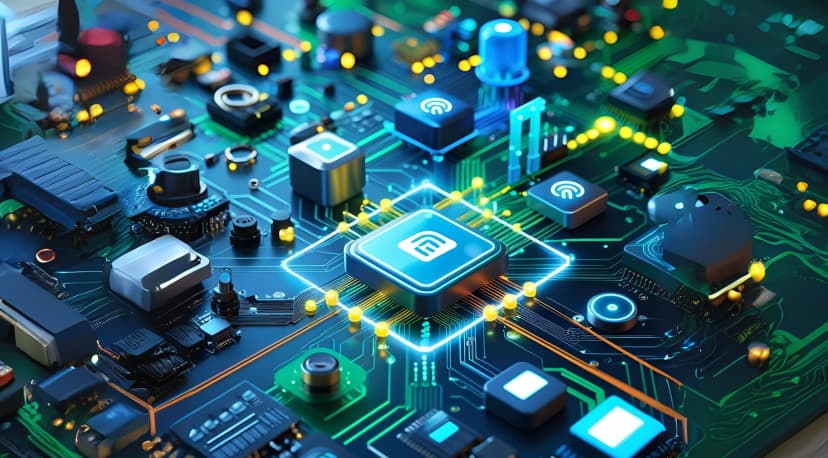
Interoperability Testing for IoT: Ensuring Seamless Protocol & Device Interaction IoT interoperability testing ensures devices, platforms, and cloud services wo...
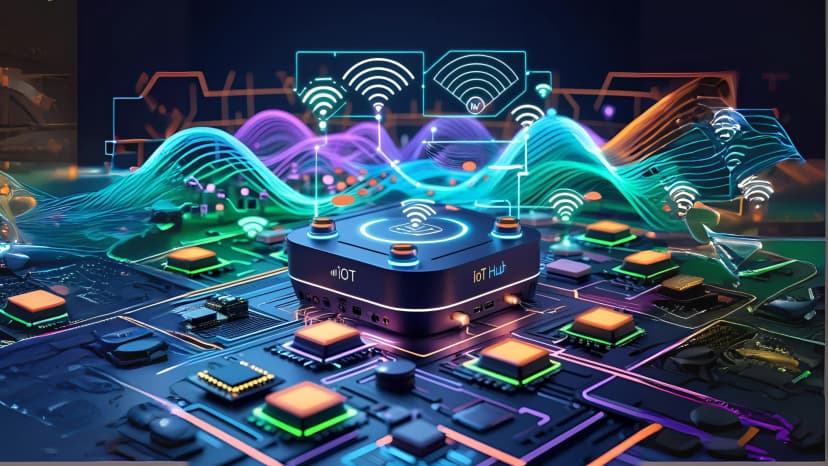
Connectivity & Protocol Testing for IoT: WiFi, BLE, Zigbee, MQTT & More Connectivity is the heartbeat of every IoT system. From a smart thermostat adjusting roo...
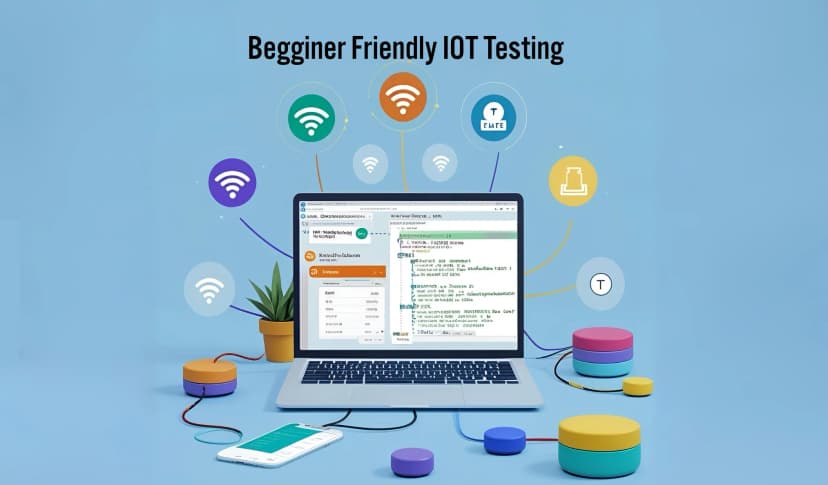
Beginner’s Guide to IoT Testing: Types, Tools & Protocol Ecosystem The Internet of Things (IoT) is transforming industries at a rapid pace. From wearable health...
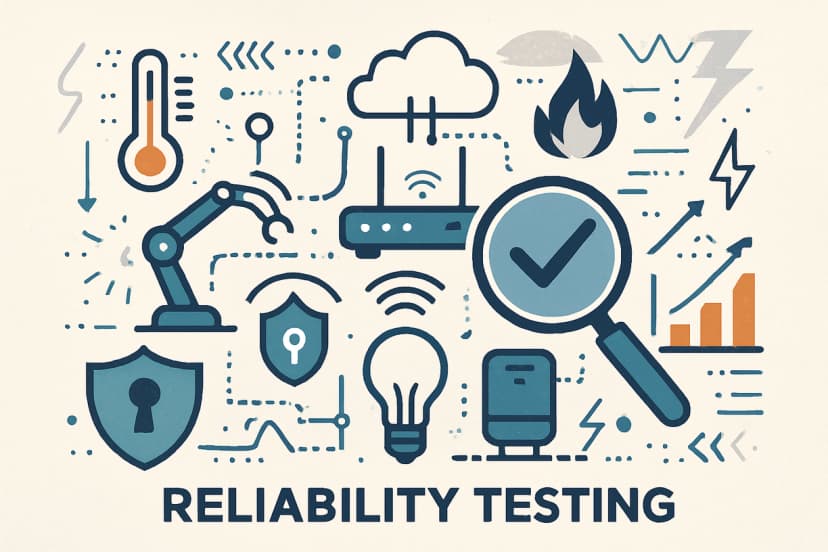
Testing IoT devices for reliability involves meticulous procedures where nothing is left to chance. A team must define clear objectives and identify critical pe...
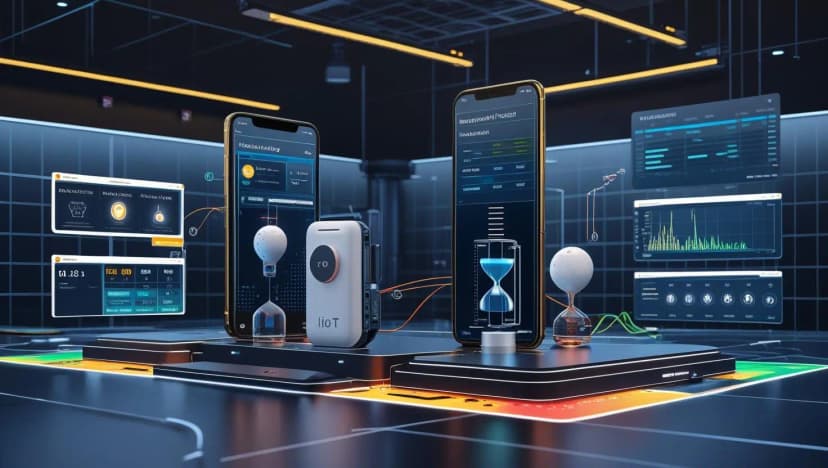
Testing IoT devices for reliability involves meticulous procedures where nothing is left to chance. A team must define clear objectives and identify critical pe...

In a world where everything from your fridge to your car can be connected to the Internet, the security of these Internet of Things (IoT) devices has never been...
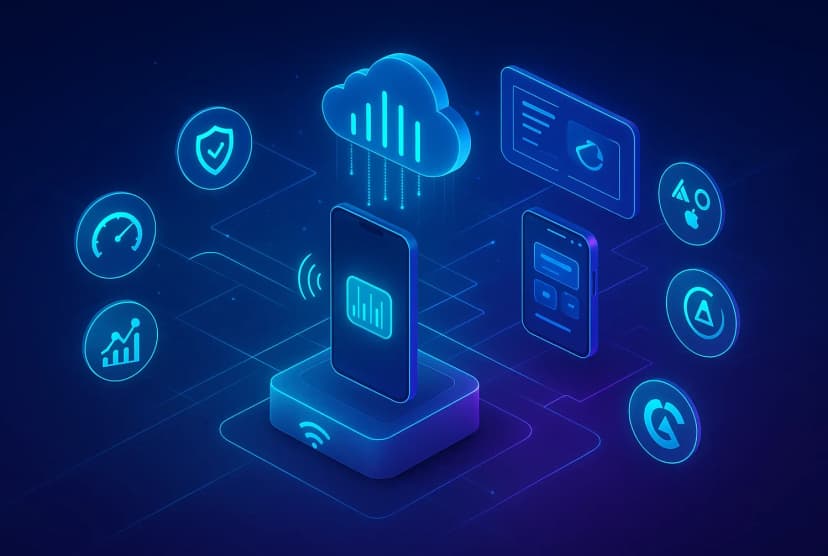
The Internet of Things (IoT) is no longer futuristic — it’s woven into our daily lives. From wearable health trackers to autonomous vehicles, billions of device...

The Role of AI in Revolutionising Software Testing for IoT Welcome, tech enthusiasts and business leaders! Let’s dive into the fascinating world where the Inter...